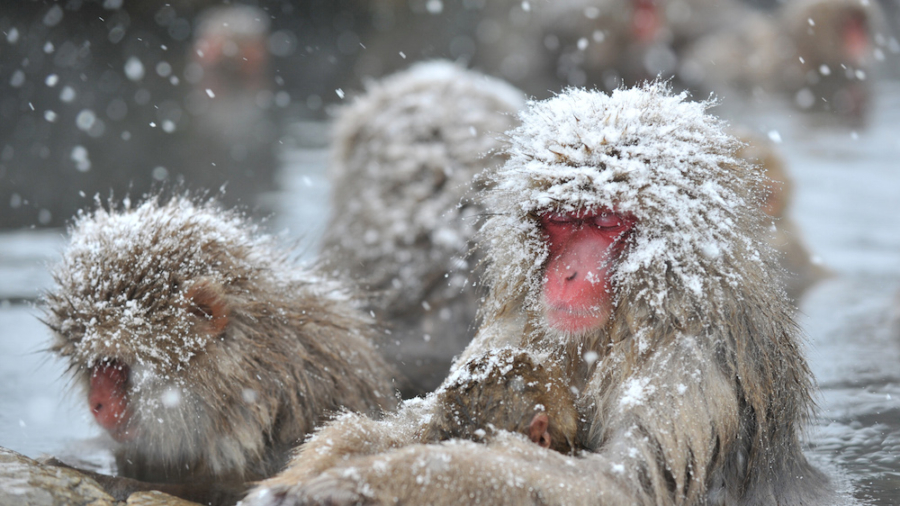These Japanese Snow Monkeys (officially the Japanese Macaque) are a big tourist attraction. You may have seen them yourself and be curious about these creatures who seem to have an almost human appetite for comfort.
Here we have a cool collection of this adorable mammal having fun and relaxing in the hot springs in chilling snow in the Jigokudani Yaenkoen park in Nagano, Japan.

The park opened in 1964 and has proved popular with tourists, who flock to see the monkeys bathe in the hot springs, called Onsen in Japanese.

The Snow Monkey or Japanese Macaque is the most northern-living non-human primate. The monkeys can survive winter temperatures of 5 degrees Fahrenheit or -15 degrees Centigrade and are known for their characteristic red faces.

The park is located about 2,800 feet (850 meters) above sea level and has naturally occurring hot springs thanks to volcanic activity in the area.

The hot springs provide a warm relief, especially when there is snow on the ground four months a year.

If you go to visit, be prepared for a lot of tourists, the monkeys are world famous!


